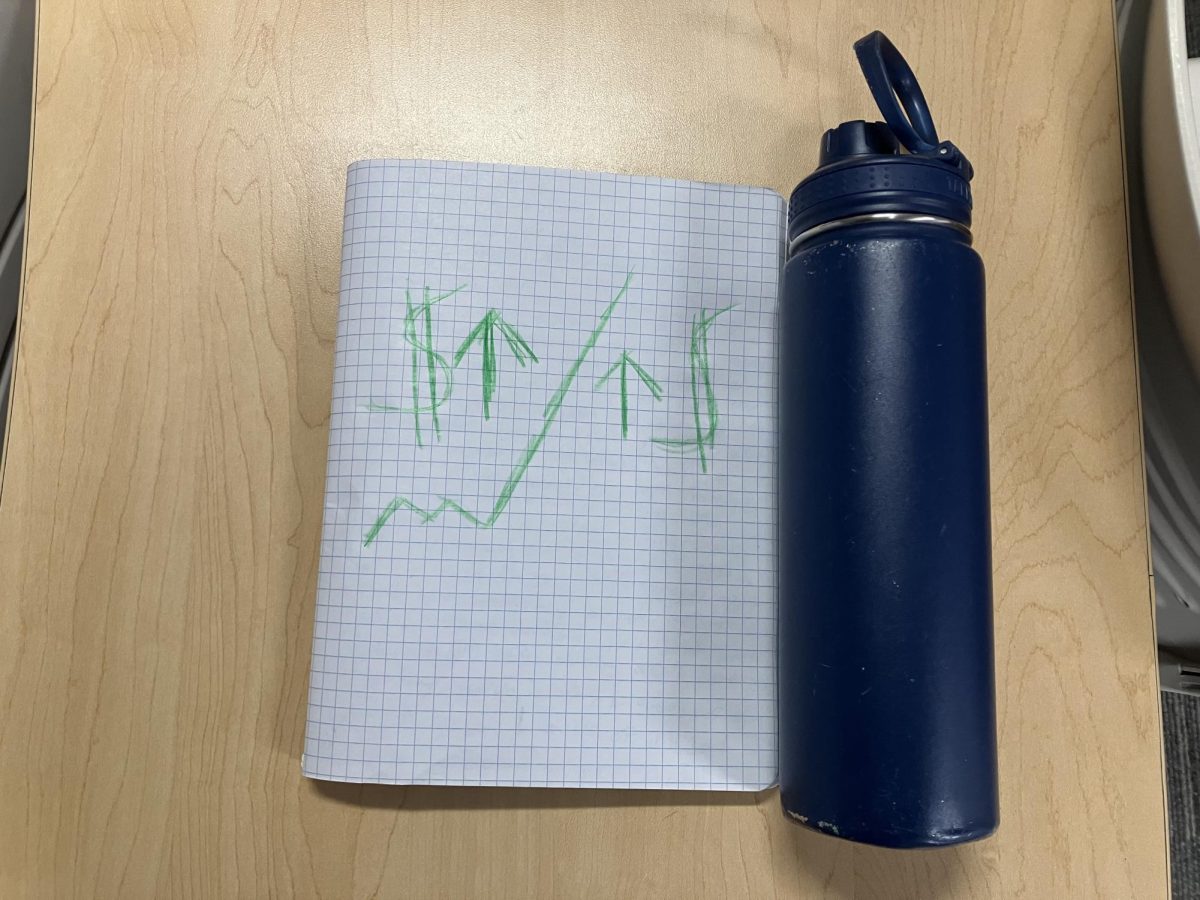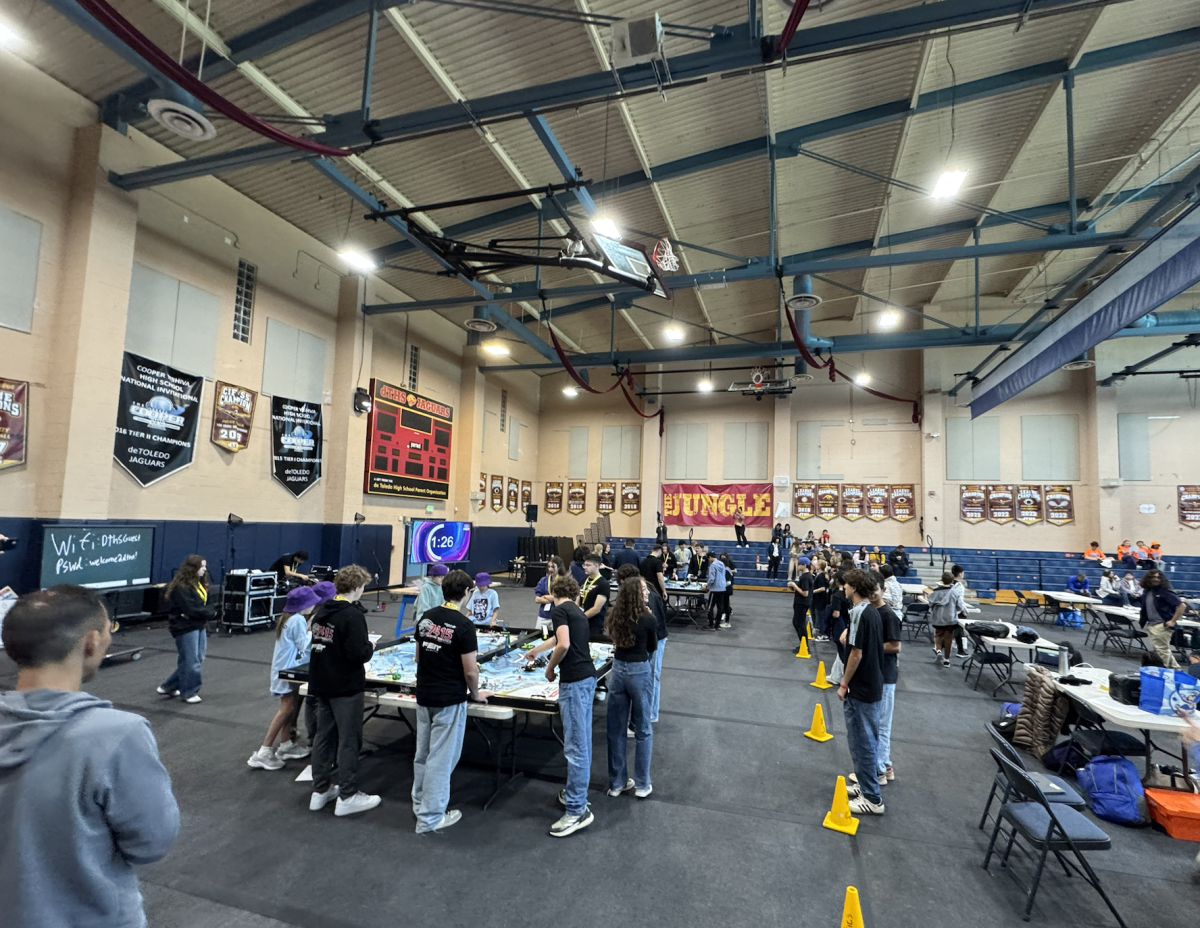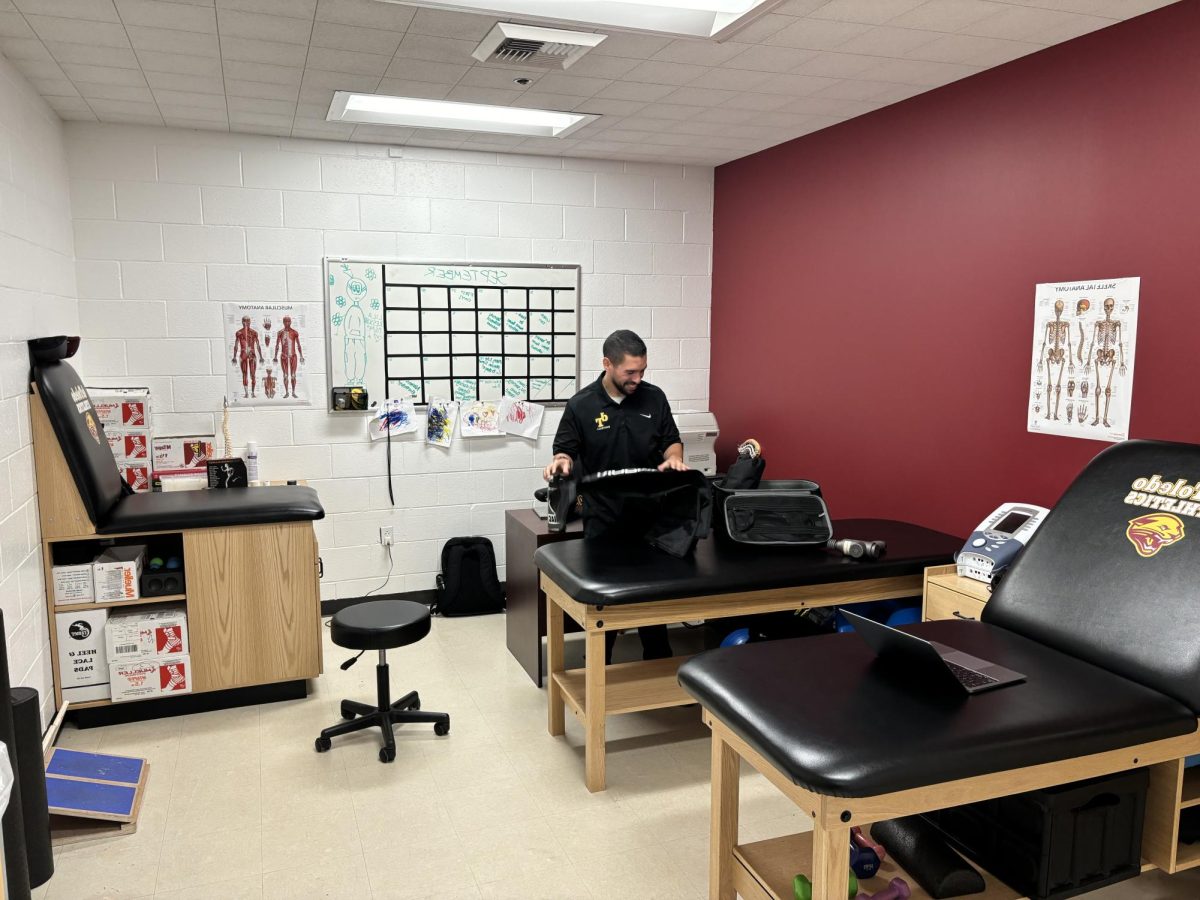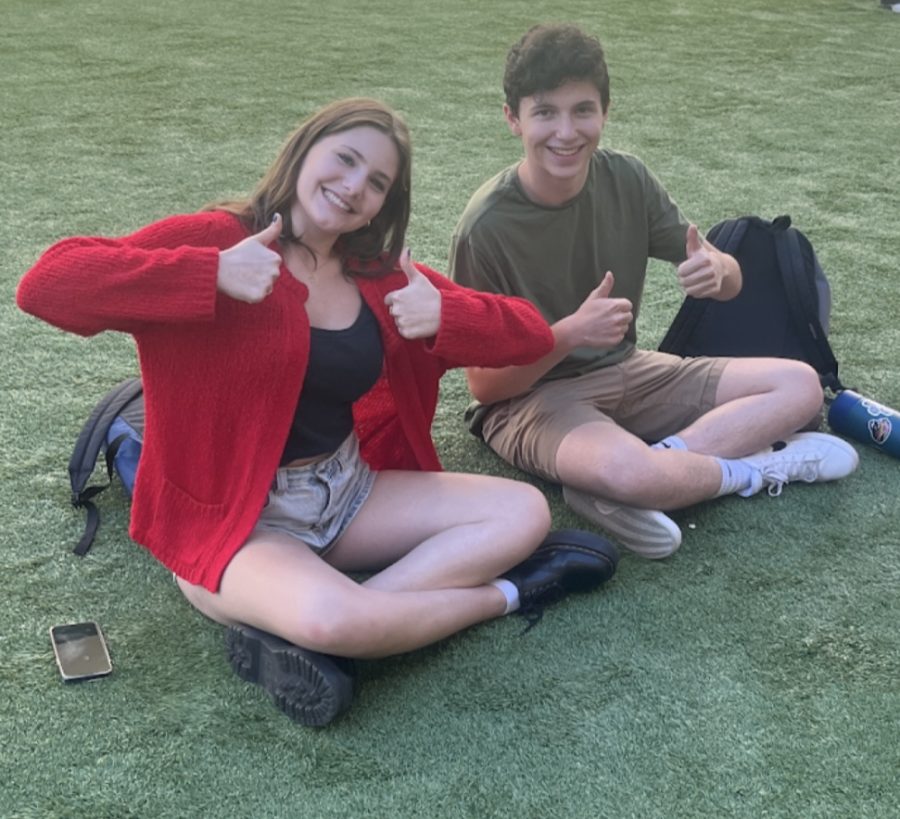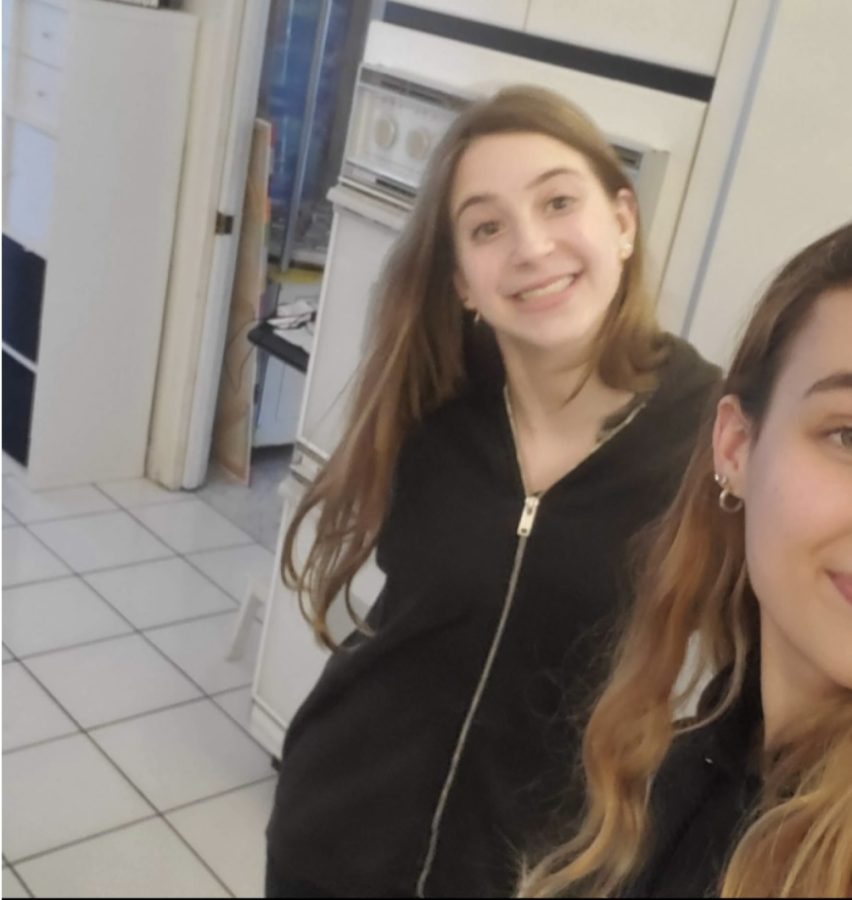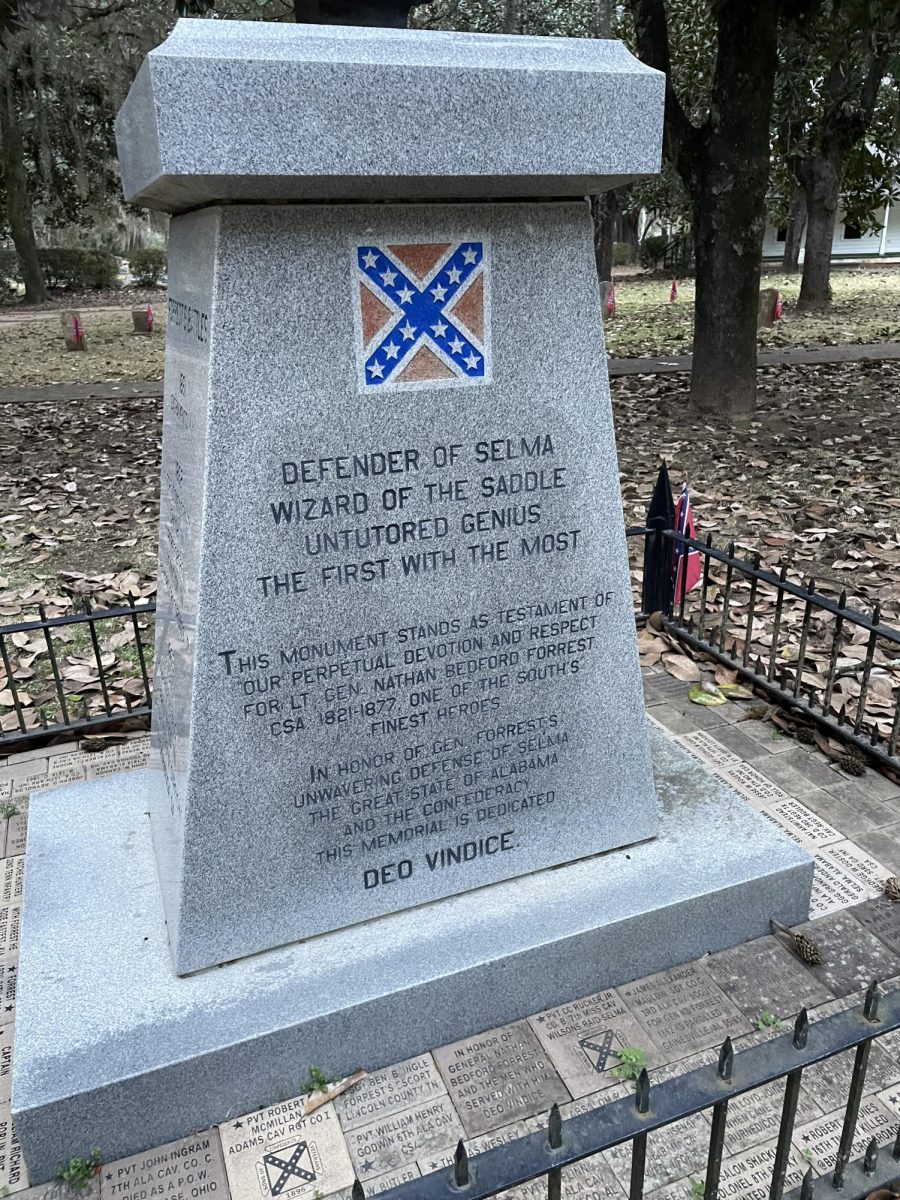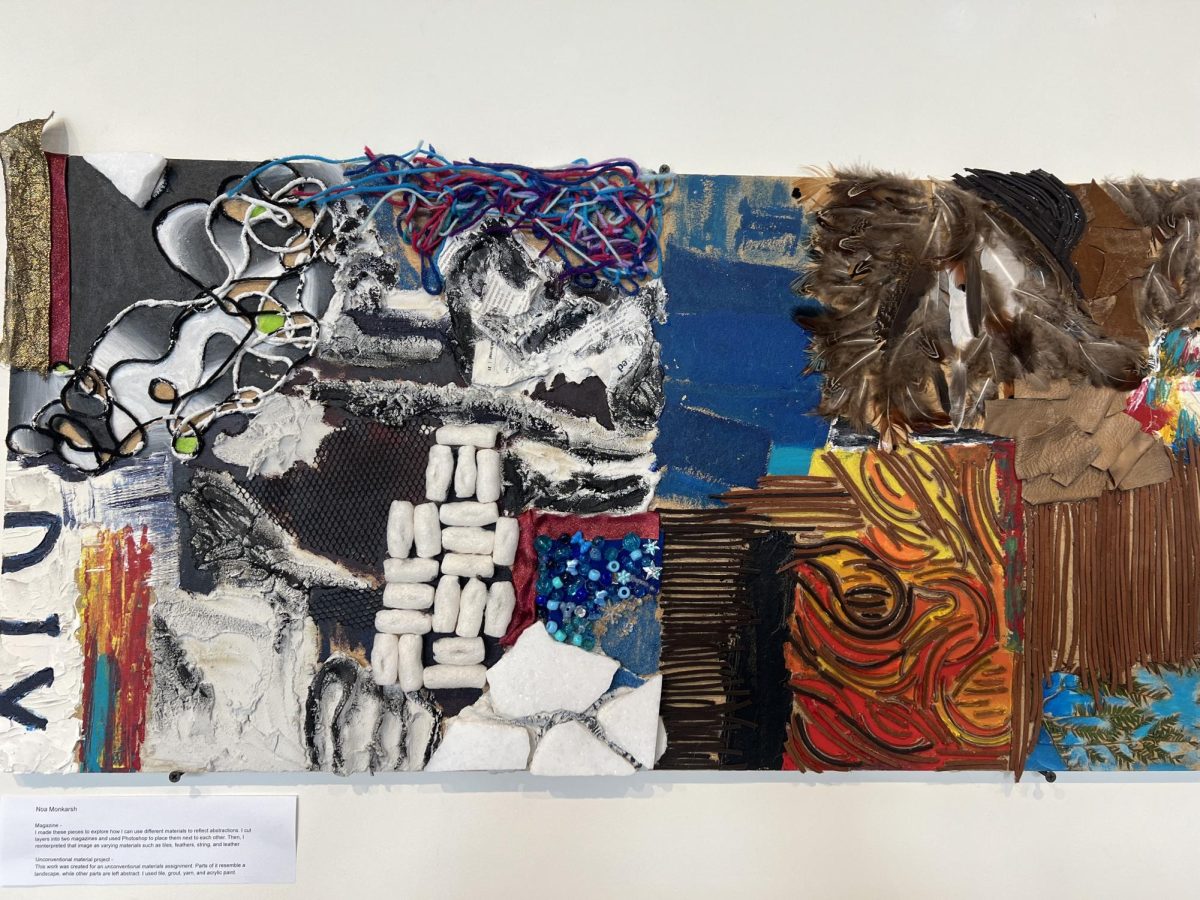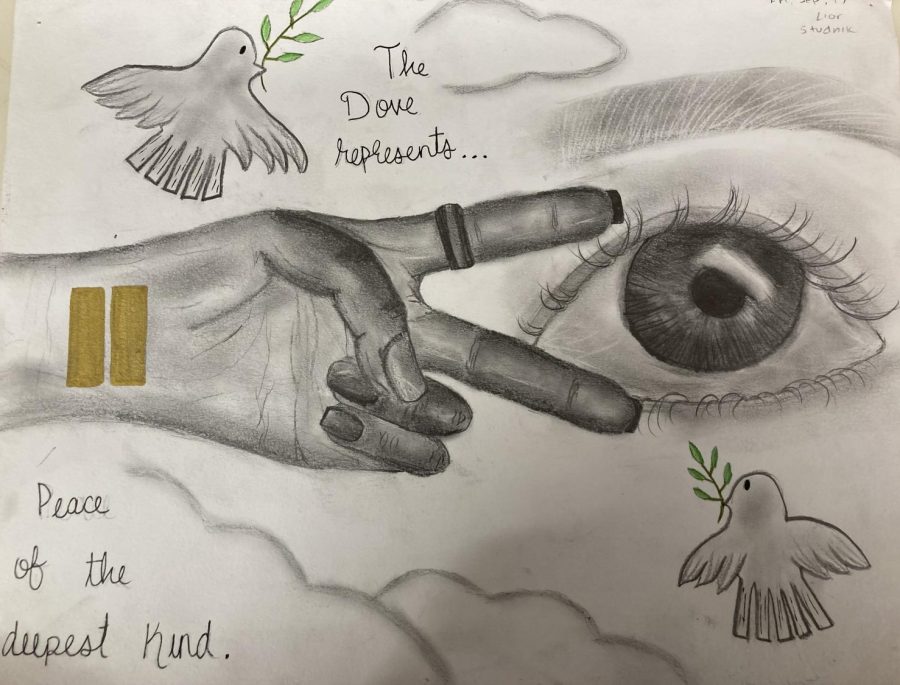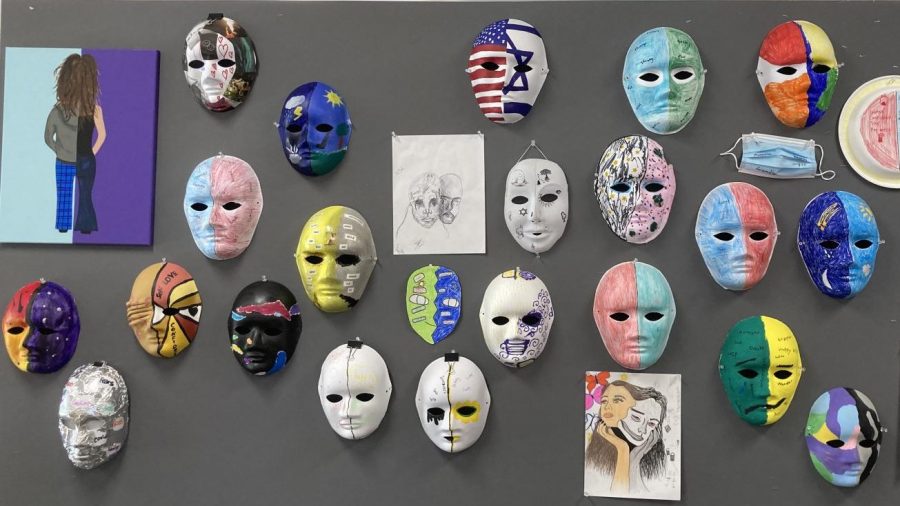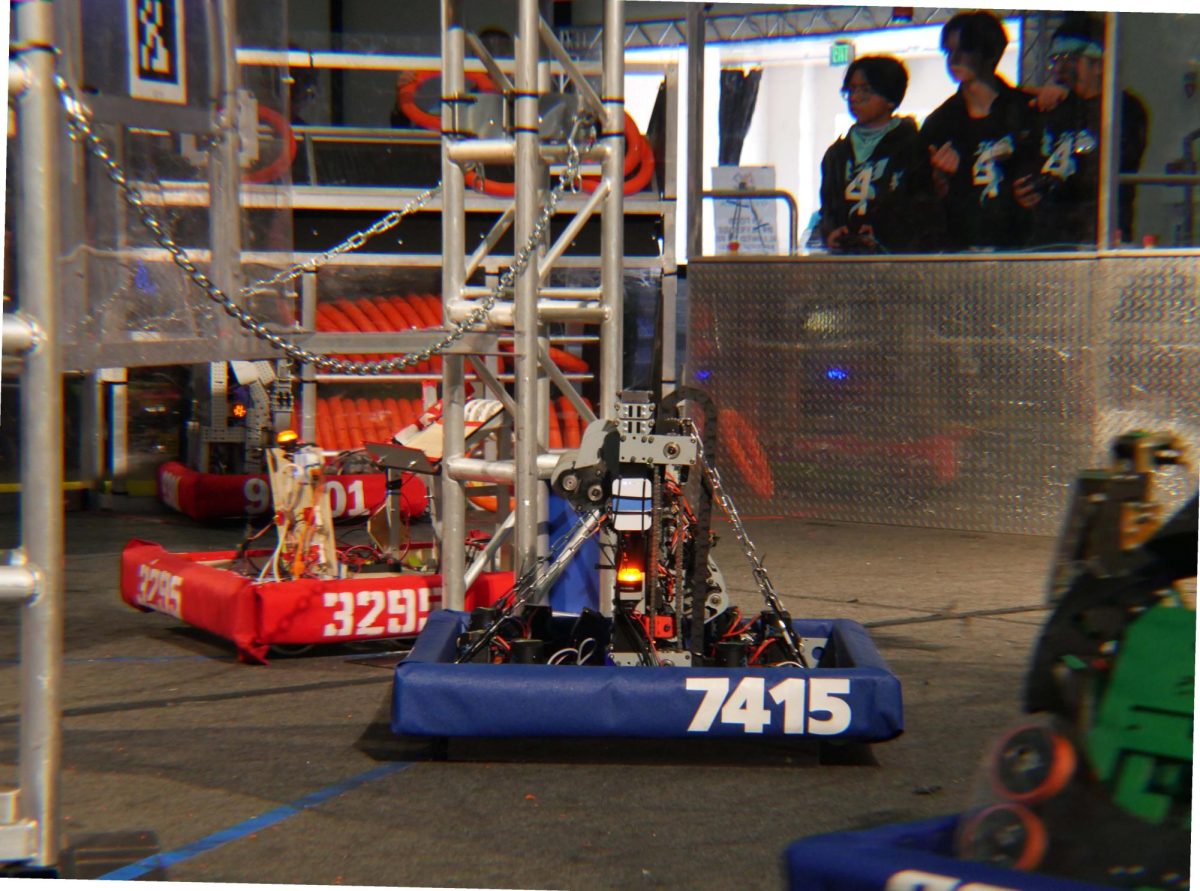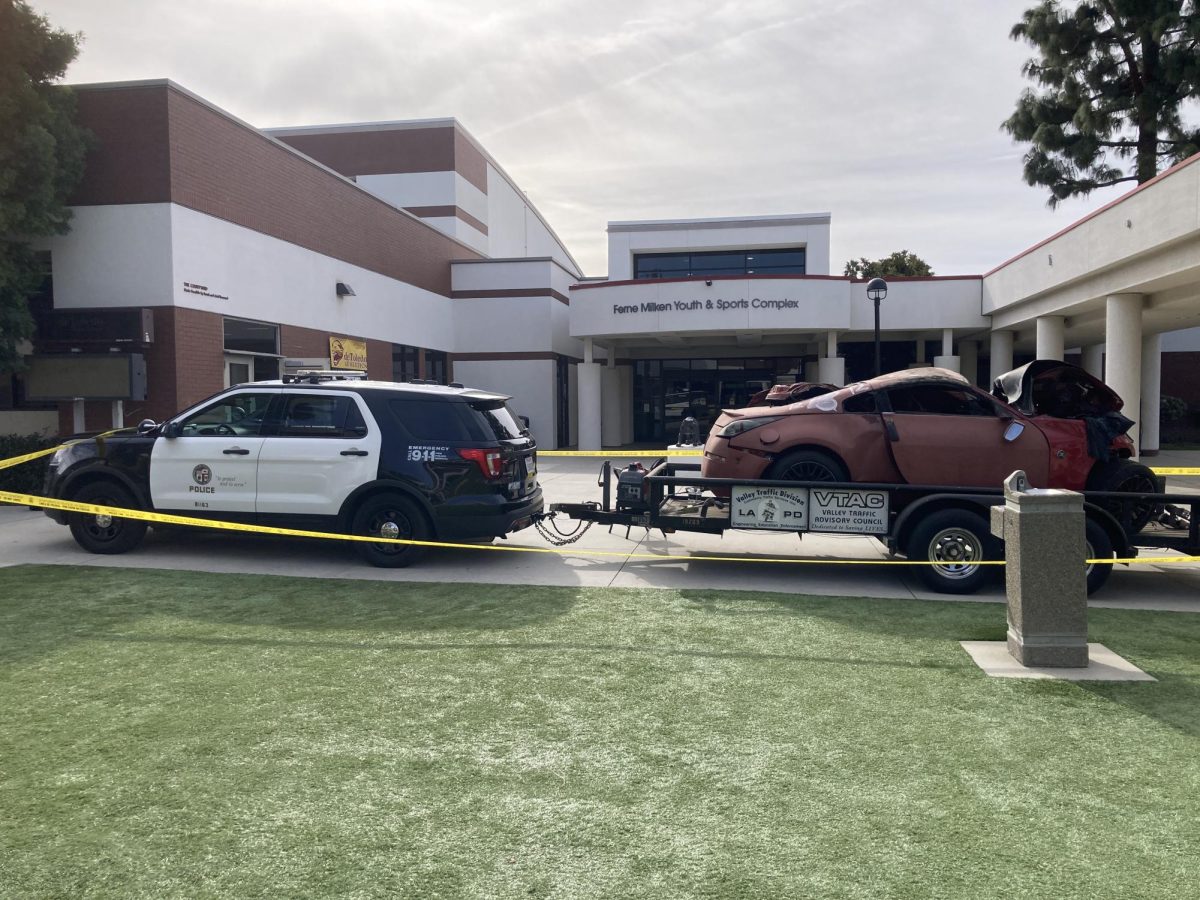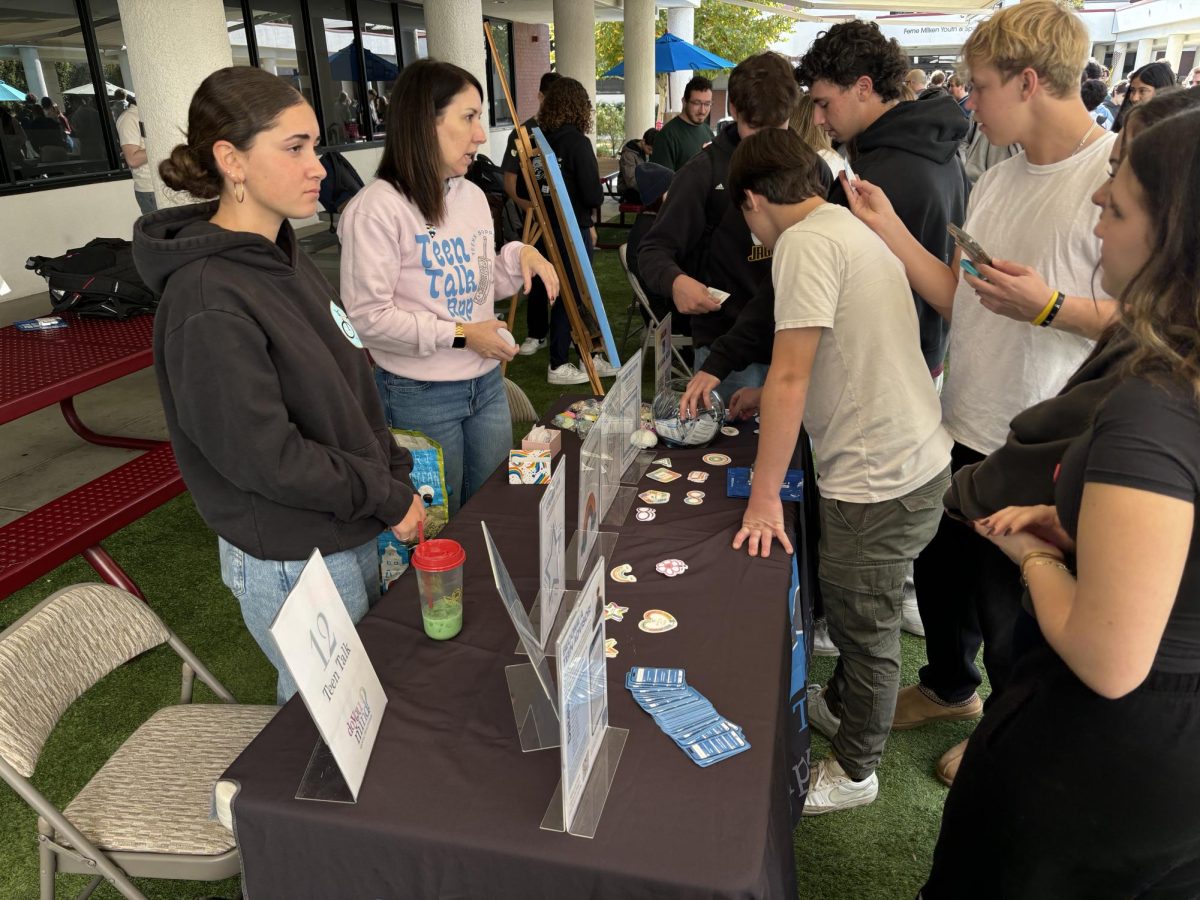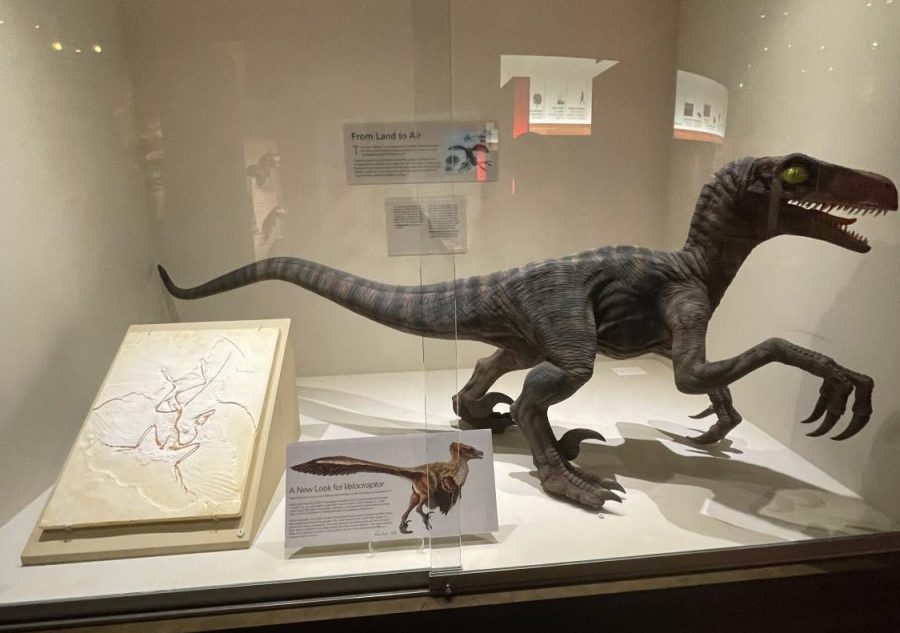Everything Old is News Again
Dinosaur Bird Found in Museum Archives
I took this picture at the Raymond Alf Museum. It is a model of the Jurassic Park velociraptor. In the middle is this information panel with an accurate depiction of Velociraptor mongoliensis. On the left is a model of the famous Archaeopteryx fossil.
An eleven million year old fossil bird related to modern day grouse and turkeys was “discovered” after sitting in the archives of the Bruce Museum in Greenwich for about 89 years.
It was named Centuriavis lioae in honor of Suzanne Lio, who is the managing director and chief operating officer at the Bruce Museum. “I’m so thankful to have even been considered for this honor,” Lio said in a Newsweek interview. She also said, “I’m truly blessed to work for the Bruce Museum where I’m surrounded by such an incredible, dedicated team of employees. This is really a celebration for all of us at the Bruce.”
Thought to have lived around 11 million years ago, Centuriavis lioae is a distant relative of modern day turkeys and grouse. It was discovered in 1933 in Nebraska, but is only being studied now. It lived a long time after the K-Pg mass extinction and has lost most of the characteristics of the non-avian dinosaurs. A paleontology researcher at the San Diego Natural History Museum named Ashley Poust, said in the interview, “I love that it’s being called a dinosaur by everyone. That is 100% accurate, but it’s also a bird, related to today’s grouse and turkeys. The specimen is beautifully preserved and shows that Centuriavis was about the size of a sage grouse, which is about half the size of a big farm chicken. If it was like its relatives, it was probably a social and beautiful member of the developing grasslands of North America.”
Interestingly enough, such a large gap between the discovery and identification of species in the fossil record is not uncommon. There have been multiple other similar instances like this. Mike Benton, professor of vertebrate paleontology at the University of Bristol said in the Oct. 27, 2022 article, “Museums often contain hundreds of thousands or millions of specimens, and these have been collected over the last 100 years or more. Often paleontologists or biologists come back from an expedition into new territory with huge collections of specimens, and can take literally years or decades to sort out, clean up, identify and catalog everything.”
This is really cool because there are inevitably going to be more discoveries like this, and potentially even more significant discoveries.

I am Jesse, and I am a freshman. I like playing sports and video games, watching TV, and hanging out with friends. This year, I am excited to write about...

